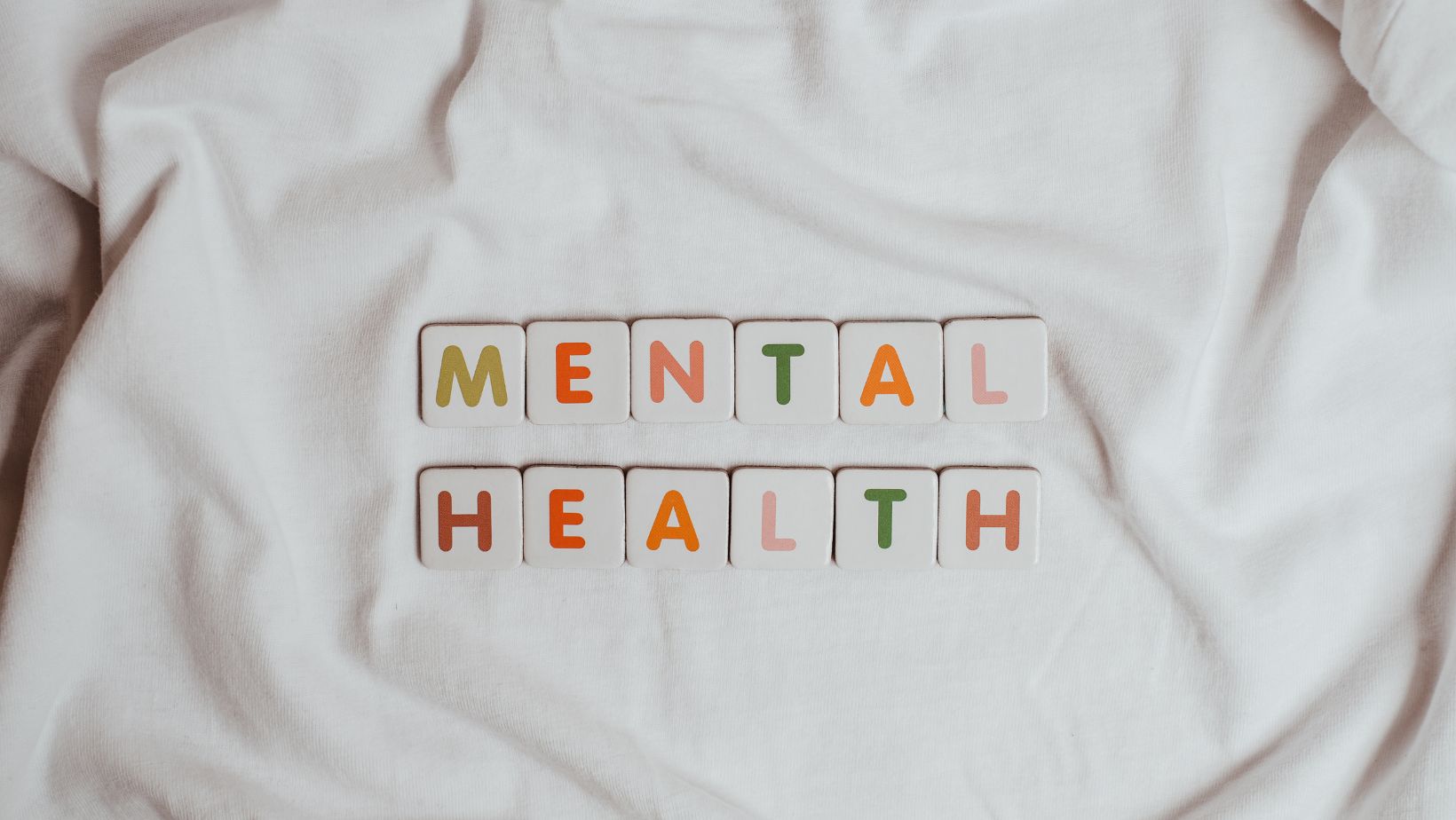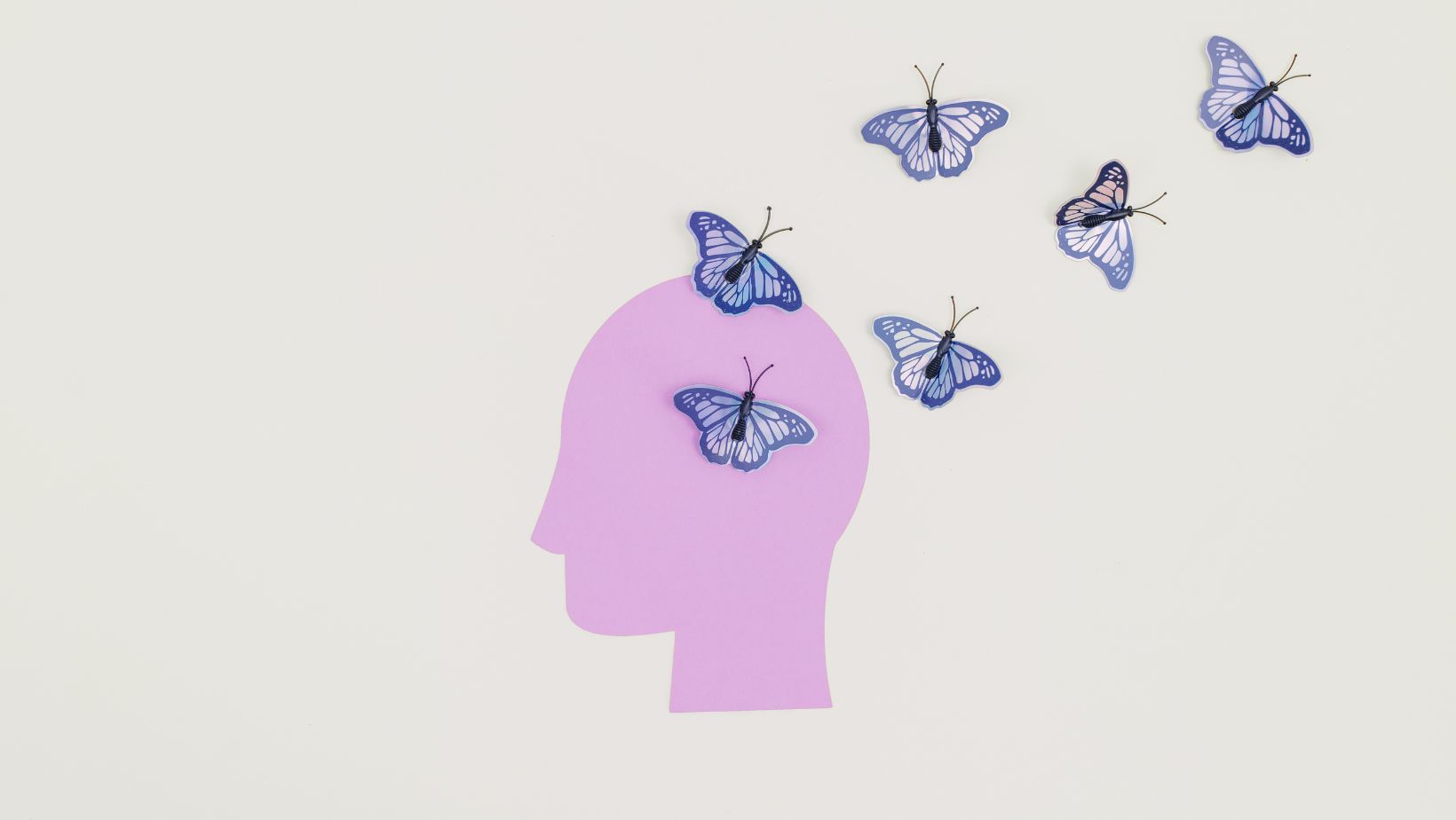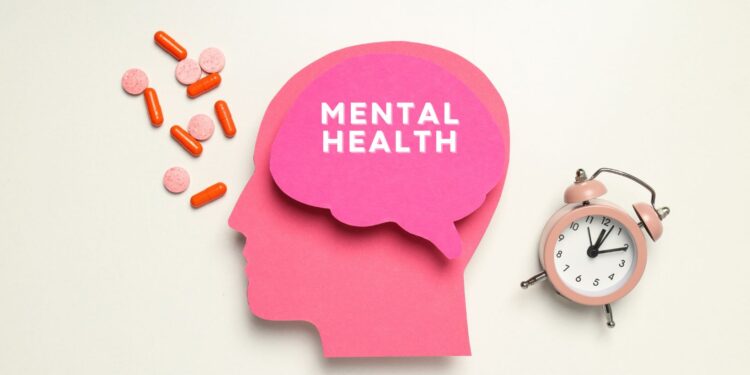In the world of mental health care, much attention is given to therapeutic techniques, clinical credentials, and medication protocols, and rightfully so. But there’s a quieter, often overlooked aspect of treatment that can have a significant effect on both patient outcomes and the quality of care delivered: the physical environment. For outpatient programs, particularly Intensive Outpatient Programs (IOPs), where clients spend several hours a week in therapeutic settings without staying overnight, the design and organization of the space can subtly influence emotional safety, comfort, and overall mental well-being.
One key aspect of these therapeutic environments is storage, not just the type that tucks away clutter, but intentional storage solutions that promote calm, cleanliness, and accessibility. In IOPs that integrate modalities such as art therapy, group counseling, mindfulness practices, or even early-stage psychedelic integration support, how materials are stored and presented can reflect and reinforce the therapeutic journey.
Why Space Matters in Mental Health Settings
The relationship between mental health and physical environment is well-documented. Research shows that clean, well-organized spaces can reduce stress, promote focus, and encourage emotional regulation. Conversely, cluttered or chaotic spaces can elevate cortisol levels and create feelings of overwhelm or helplessness, particularly triggering for individuals managing anxiety, depression, or trauma.

In outpatient settings where patients are transitioning back and forth between the structured therapeutic environment and their everyday lives, the ambiance of the space matters. Unlike inpatient treatment centers, which often resemble medical facilities, outpatient programs strive to be approachable and comforting. This means paying attention to lighting, furniture layout, sound, and yes—how materials and supplies are stored.
The Hidden Role of Storage in Therapy Spaces
So, what does “good storage” look like in a mental health outpatient setting?
Decluttering for Emotional Safety
The concept of a “safe space” in therapy isn’t just about what’s said—it’s also about what’s seen and felt. Well-concealed storage (cabinets, bins, and drawers) helps eliminate visual distractions, creating a sense of peace and predictability. Patients walking into a tidy room are less likely to feel overstimulated or anxious. Even simple storage decisions, like using uniform containers or neutral-colored shelving, can contribute to a calming atmosphere.
Creating Boundaries and Structure
Just as therapy helps clients build internal boundaries, physical space can support that process through external organization. Having a dedicated space for therapy supplies, whether it’s journals, yoga mats, coloring tools, or worksheets, can reinforce structure and routine. When patients know where to find things, and more importantly, where to return them, it encourages respect for the space and increases their sense of autonomy.
Supporting Creative and Expressive Therapies
Many outpatient programs incorporate expressive therapies like art, music, or writing. These sessions often involve tools and materials, paint, brushes, clay, instruments, or notebooks. Thoughtful storage of these items doesn’t just make things easier logistically, it also honors the creative process.
Imagine an art therapy room where supplies are tucked away in labeled drawers, neatly sorted by color or type. It sends a subconscious message: your work matters, and this is a space where care is taken. In contrast, a jumbled box of mismatched markers or crumpled paper could feel dismissive, especially to clients already struggling with self-worth.
Promoting Mindfulness and Cleanliness
Clean, organized spaces naturally invite mindfulness. In fact, the act of maintaining a tidy space, gently returning items to their place, or wiping down surfaces can be an extension of therapeutic practice. Some outpatient programs even incorporate environmental rituals (like a shared cleanup at the end of group sessions) to foster responsibility and collective respect.
Storage solutions can support this by being intuitive and accessible. Open shelving with bins, for example, makes it easy for clients to participate without feeling like they’re fumbling through someone else’s system.
Minimalism and Mental Clarity
It’s no coincidence that many modern therapy spaces are adopting minimalist design. In both residential and clinical settings, minimalism has become more than a design trend, it’s a therapeutic principle. Keeping only what’s necessary, avoiding visual chaos, and creating “white space” on shelves and walls can mimic the kind of mental clarity that therapy aims to foster.
Outpatient programs, especially those operating in the evenings, must be especially intentional. Clients are coming from busy workdays, chaotic home lives, or emotionally taxing situations. A clean, welcoming, and thoughtfully organized space offers a kind of decompression chamber where healing feels possible.
Small Changes, Big Impact
You don’t need a massive renovation to improve mental health spaces. Utilizing storage can be a practical solution to keep seasonal or overflow materials organized without overcrowding. Here are a few other practical storage strategies any outpatient program can adopt:
- Use closed storage (like cabinets or fabric bins) to hide clutter while keeping materials accessible.
- Label clearly, especially for shared or group-used items.
- Minimize visual distractions by sticking to neutral tones and avoiding over-decorating.
- Designate personal storage areas for clients to keep journals or ongoing projects, giving them a sense of ownership.
- Include natural elements, like woven baskets or wooden shelving, to soften the clinical feel of traditional storage units.
The Quiet Power of a Well-Organized Space
While it may seem small in the grand scheme of treatment, the way we store and organize the tools of therapy speaks volumes. In outpatient mental health settings, storage is not just about putting things away; it’s about creating an environment that mirrors the goals of therapy itself: clarity, calm, and connection.

As modern mental health care continues to evolve, including the integration of psychedelics, mindfulness, and holistic healing, attention to physical space will only become more important. And within that space, smart, intentional storage is a quiet but powerful ally in the healing process.













Discussion about this post